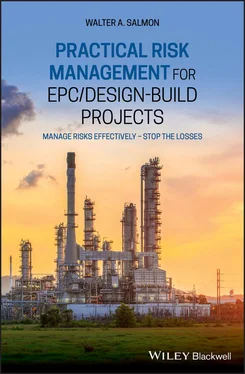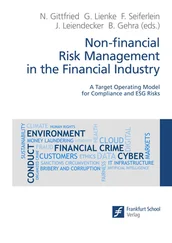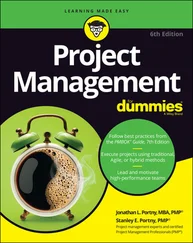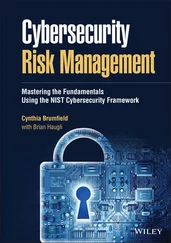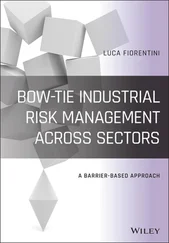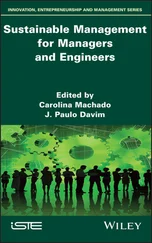It is usual for all the bidding work to be conducted in the main offices of the bidders in their home countries, even where a bidder is already working in the country where the Project is to be built. Primarily this is because it is much cheaper to do so, but also because it is easier to control the bidding activities than it is if they are conducted remotely from the main office. Even so, the bidding costs for the average Contractor are large, take up a lot of people over a long duration (as I mentioned earlier, 12 months is not unusual). Sadly though, for the typical Contractor, the bidding success rate is low; only about one in five or so bids will result in a Contract award (unless, it seems, it is a Korean company). 13
1 1Government of South Australia (2005). Construction Procurement Policy Project Implementation Process. ISBN 0-9775044-0-7. www.dpti.sa.gov.au/__data/assets/pdf_file 0020/51653/pip.pdf(accessed 28 November 2017).
2 2Bobbitt Design Build Inc. (15 April 2019). New study: design-build can cut project delivery time in half. https://www.bobbitt.com/article/new-study-design-build-can-cut-project-delivery-time-in-half(accessed 6 May 2019).
3 3Wikipedia. Design-build. https://en.wikipedia.org/wiki/Design-build(accessed 23 August 2018).
4 4Douglas R. (2016). EPC or EPCM contracts, which one can drive stronger outcomes for project owners? http://www.ausenco.com/en/epc-epcm-whitepaper(accessed 11 November 2017).
5 5Both books published by FIDIC (also known as ‘The International Federation of Consulting Engineers’, FIDIC being the acronym of the French version of its name).
6 6Loots P. and Henchie N. (2007). Worlds Apart: EPC and EPCM Contracts: Risk Issues and Allocation, Mayer Brown, p. 2.
7 7McNair D . (January 2016). EPCM Contracts: project delivery through engineering, procurement and construction management contracts. www.pwc.com.au/legal/assets/investing-in-infrastructure/iif-8-epcm-contracts-feb16-3.pdf(accessed 29 October 2018).
8 8Ibid., Section 2.4.2.
9 9Agarwal R., Chandrasekaran S. and Sridhar M. for McKinsey & Company (June 2016). Imagining construction's digital future. http://www.mckinsey.com/industries/capital-Projects-and-infrastructure/our-insights/imagining-constructions-digital-future, p. 1, Exhibit 1 (accessed 23 August 2017).
10 10My conclusion does not apply to ‘reimbursable’ type EPC Contracts (which nearly always benefit the Contractor, but, sadly for Contractors, seem to be next to non-existent nowadays).
11 11Johannsen H ., for Singleton Urquhart LLP (21 November 2017). Design-build /EPC contracts. www.inf.gov.nt.ca/sites/inf/files/resources/design-build_epc_contracts_-_pmc_2017_helmut.pdf(accessed 5 May 2018).
12 12Galonske B. and Weidner W. (2010). Profitability of plant construction – risk management as a profit driver. http://www.oliverwyman.com/content/dam/oliver-wyman/global/en/files/archive/2011/Risk_management_as_a_profit_driver_Perspectives_2_2010_en.pdf, p. 14 (accessed 22 October 2017).
13 13Saipem (2014–2015). General EPC contractors in oil & gas markets. http://www.diem.ing.unibo.it/personale/saccani/index_files/Impianti%20Meccanici%20T%20(dal%202014-2015)/Il%20processo%20EPC.pdf, p. 4 (accessed 1 June 2018).
Chapter 3 EPC Project Risk Management Overview
3.1 Project Risk Management – Definition
Before proceeding further, I feel that it is pertinent to table my definition of what Project Risk Management is in regard to a Contractor undertaking a lump-sum Engineering, Procurement and Construction (EPC) Project, since it is the driver of the observations and advice that follow within this book.
Project Risk Management is the systematic process of:
1 proactively identifying the major potential hazards/risks for the Project as early as possible (and revisiting/redoing that exercise regularly throughout the entire duration of the Project);
2 properly analysing and assessing each of the identified hazards/risks in turn, so that sound commercial decisions can be reached as to what the most appropriate response to each should be;
3 putting in place adequate mitigation measures where necessary to counter those hazards/risks; and
4 regularly monitoring the effectiveness of employing the hazard/risk mitigation measures and making appropriate modifications if later those measures are found to be ineffective.
3.2 Construction Project Hazards Abound
The sheer number of hazards that Construction Projects are surrounded by is enormous, and they exist in many different forms; for overseas Projects the list of hazards is much longer than for home-based Projects. Many of those hazards simply cannot be avoided – they are just part of the territory – and so the Contractor has to develop plans for ensuring that such hazards are not allowed to transform into regrettable events. For example, where work is taking place in confined spaces (such as inside tanks) it is essential that somebody is deputed to stay close by outside and is provided with appropriate rescue means/equipment in case the worker inside gets into difficulties. The following are just a few more limited examples of where Project hazards can be found.
1 Some hazards may threaten the Project's progress, such as delays in the engineering work, delays in the procurement work for key equipment and materials, construction delays, commissioning delays, and start-up delays. Hazards having such effects include, but are certainly not limited to, the following:an inadequate and/or inexperienced Design Team;a dramatic change in the economy leading to increased demand for products and consequent higher costs (requiring extra time to shop around for better prices);importation and transportation delays owing to bad management of the logistics support activities;inadequate or poor-quality labour resources (particularly in respect of local Subcontractors); andpoor quality control of construction work (leading to long lists of ‘Punch Items’ and the consequent late redoing of critical work).
2 In countries where the political landscape is unstable, there may be the potential for additional significant hazards:an armed attack on the accommodation camp or the worksite, thereby putting the security of personnel at grave risk;importation of materials, goods, and equipment becoming a major problem, due to problems with trade tariffs or arguments over import duties payable, or even due to the lack of newly-required ‘support’ documentation (especially when dealing with governmental authorities);the local communities blockading the worksite if they feel aggrieved at the perceived high numbers of foreign workers while the locals themselves do not have jobs; andcurrency exchange rates unexpectedly and dramatically moving in the wrong direction (from the Contractor's perspective).
3 There will be everyday hazards that impact the safety of the on-Site construction workers, such as working at height, operating heavy equipment, lifting heavy loads, working in deep trenches or in confined locations, pressure testing of pipework and equipment, energising high voltage electrical equipment, etc. There could also be hazards that will impact the environment, such as spillages of toxic materials, chemical leakage into water systems, etc. These all fall under the domain of a Contractor's Health, Safety, and Environmental (HSE) Management Department, in many of which very sophisticated procedures and routines are employed nowadays. Top priority must always be given to safeguarding individuals from harm, while at the same time protecting the environment. Thus, since these standard day-to-day risks should already be competently managed by the Contractor's designated HSE personnel, those risks are not the direct focus of this book.
Читать дальше
